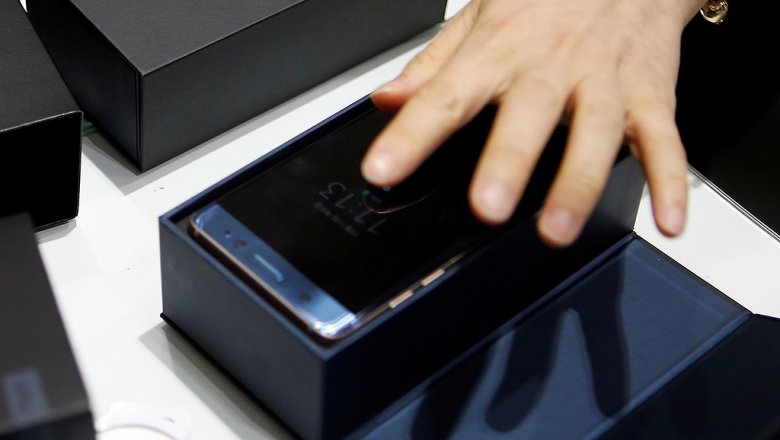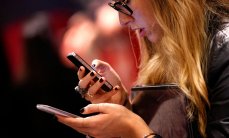Scientists figured out how to calculate the man on the trail on your smartphone
“Can I see your phone and I’ll tell you who you are”: in the near future, police and doctors will be able to determine the sex of the person, his habits and disease, analyzing the chemical composition of the swab from the surface of the smartphone.

Every day we start with checking notifications that come to us from social networks. We touch on a smartphone screen, when we use soap, toothpaste, hand cream, when dining at a restaurant, flipping through a magazine, go in public transport, car or Elevator. Smartphones are literally a daily basis, record our actions, and we help them with their own hands.
Experts believe that the transcript of the chemicals accumulated on the surface of the smartphone could be a boon for both medics and police, reports The Guardian.NewsVideo of the day: even a hedgehog can unlock iPhone
“To narrow it down to male and female, to find out what sunscreen people chooses to learn about other means of taking care of himself, which he prefers, the places he visited — all of these hints are on your phones,” — says Peter Dorrestein, co-author of a study conducted at the University of California in San Diego.
Researchers from the U.S. and Germany tested the composition of smears from mobile phones and hands of their owners, using highly sensitive technique of mass spectrometry. The experiment involved 39 volunteers.
The results revealed a clear individual “signature” of each volunteer, chemicals on the hands partially coincided with the content “scraping” with the owner’s phone.
So scientists have found that every smartphone is a detailed database of its owner.
Scientists reported that in 99% of cases the chemical composition of the swabs taken from the hands of volunteers, was unique. Only in two cases, the data mostly matched, but it turned out that these people lived together. In 69% of cases, substances which are kept on hand, coincided with the chemical and molecular content of the surface of the phone owners.
Read also Explained romantic love gadgets
Explained romantic love gadgets
Melanie Bailey, a specialist in the field of criminology at the University of Surrey, believes that the analysis of chemicals on smartphones might prove useful in her sphere: “you Have a smartphone and you can take his fingerprints. But the problem is that these prints are useless if their owner is not in the database or marks fuzzy. And the information about the “contents” of the phone can significantly narrow the field of suspects, or at least to give an idea of what a man should look”.
The former head of forensics at the Northamptonshire John bond is less optimistic: the investigators often use chemical analysis of traces of firearms, explosives or drugs, but these data are difficult to associate with the way of life of the alleged perpetrator: “the Problem is that the data is not so help to understand. You will find brand cosmetics, which is wanted, but not enough to determine unknown person”.
Dornstein believes that we should not forget the purpose of the method: it is not intended to identify unknown persons, it is designed to compile an individual profile of a smartphone owner.
The surface of the gadget allows you to identify the key needs of man, he uses tools from hair loss, to determine whether antidepressant. Some chemicals, such as left overs from mosquitoes, was found more than four months after they visited the hands of the smartphone owner.
This approach is needed in the future to expand and Supplement the broad database, and then it will be useful to the police. Instantly find the culprit will not work, but you can get an idea about the way of life. In addition, the method can be used for other purposes, for example in tracking the movement of individual pollutants and viruses and verification of patients and medications reactions to drugs.